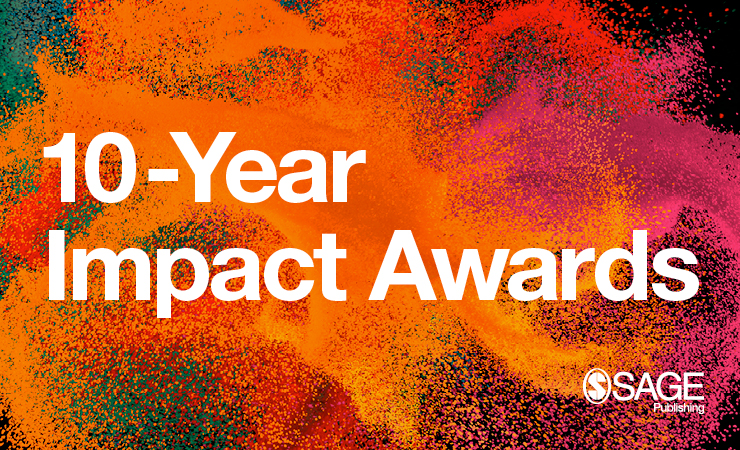Open Access increases citation? A brief overview of two reports
Last week I have published a post about visibility and citations in Open Access. The post was referring to the results of two separate reports related to the subject. As the question of visibility and citations in OA journals and books remains valid, being a subject of intense debate in scientific community, the issue is worth exploring.
This time round I would like to mention two interesting researches, which studied the coverage and range of citations in Open Access offering, basing on comparison between OA and non-OA journals.
The research conducted by Michael Norris is quite thorough, on almost 400 pages the author describes the results of his extensive analysis in: “The citation advantage of open access articles”.
The aim of the research was to compare the level of citations between OA and not-OA articles in journals from very different scientific disciplines indeed, like ecology, applied mathematics, sociology and economics. The researchers performed two rounds of data collection. In the first one, they examined 4633 articles for the four subjects from high impact journals. 2280 (49%) were OA and had an average citation count of 9.04; in the case of closed journals (e.g. – published behind pay walls) the citation count leveled at an astonishingly meager 5.76. What is interesting, sociology had the highest citation advantage – but at the same time – the lowest number of OA articles.
“The citation advantage of open access articles” is worth further examination and I will keep coming back to this subject in a near future, but at the moment I would like to focus on the second research. “Open access publishing, article downloads, and citations: randomised controlled trial” is a study designed to measure the effect of free access to the scientific literature, basing on the amount of total article downloads and citations. The researchers examined 1619 articles and reviews from 11 journals published by the American Physiological Society.
The results are remarkable and show a definite link between publishing open access and the number of following article downloads and of unique visitors in the six months after publication. The report reads:
“Full text downloads were 89% higher, PDF downloads 42% higher, and unique visitors 23% higher for open access articles than for subscription access articles. Abstract downloads were 24% lower for open access articles. “
It has been confirmed: longer articles, articles with more references, and those published in journals with higher impact factors had significantly more downloads; more downloads are also attributed to the publicity and reviews in scientific and lay press review. Having the article featured on the front cover of the journal – can also bring about an increase in full text downloads.
The study reveals two interesting facts. First of all, Open Access benefits higher visibility of articles – i.e. – the number of downloads. Still, publishing an article in an open access journal doesn’t necessary influence the level of citations, not at least in the first 9-12 months.
Here we come! Two different methods and two different results. Which one is more accurate? It is hard to determine. Open Access is not a panacea for all problems. It does not automatically increase the level of citations. But, without doubt, it helps when it comes to getting more visibility, which obviously is of a great advantage for the articles and their authors. There are other factors in play which shape the level of citations for specific paper; for example the Impact Factor of journal, promotion efforts of publisher and author himself, the chosen subject and field of research, as well as an extended reference list at the end of a research paper. All these factors may have impact on citations level. But all in all, almost all studies into this subject confirm – direct or indirect – positive impact of Open Access on level of citations.
Find the original article, and more like it, on the Open Science blog
READ RELATED ARTICLES
Open Access and the Privatisation of Knowledge
Social Science’s Dangerously Low Profile, and How to Fix It




































































































This is a good point. At the same time, if bodies disbursing public support to scholarly research, such as the Austrian Science Fund, are to have a long-term impact on the sustainability of the entire academic ecosystem that they directly or indirectly finance, either Gold or Green Open Access can be one of the more important venues for that, since the discourse on impact factor scores reinforces the dominant position of few private, profit-oriented publishers in the paywall-based journal sector. High adoption rates of Open Access seem to indicate that slowly gains in acceptance in the academic community: http://openscience.com/the-performance-of-the-austrian-science-funds-open-access-promotion-policy/.
Another topic to discuss is article processing charges (APCs) that publishing in the open access model frequently involves: http://openscience.com/how-much-do-top-publishers-charge-for-open-access/.
This is a very difficult area because so much work has been done retrospectively trying to compare apples and oranges with a lot of statistical jiggery-pokery. These data are interesting – but they are also broadly consistent with Davis’s work – which underlines even more strongly the lack of difference in citation impact over a two year period. Davis, P. (2008) ‘Open access publishing, article downloads, and citations: randomised controlled trial’, BMJ 2008;337:a568; doi:10.1136/bmj.a568 See also the interview with Davis at http://www.researchtrends.com/issue12-july-2009/expert-opinion-3/ OA may get work read – but this is not the same as citation and impact. How many… Read more »